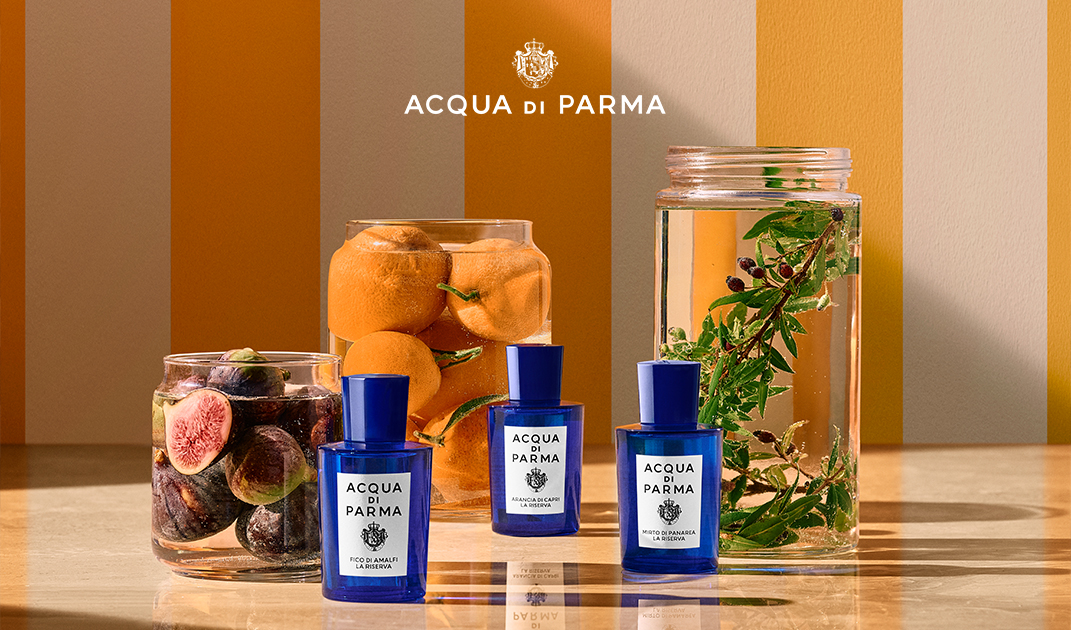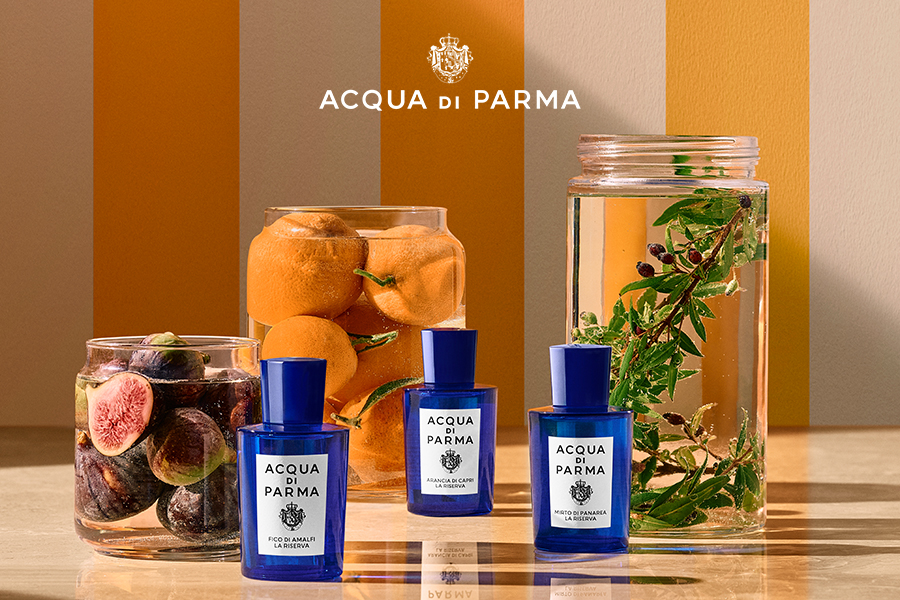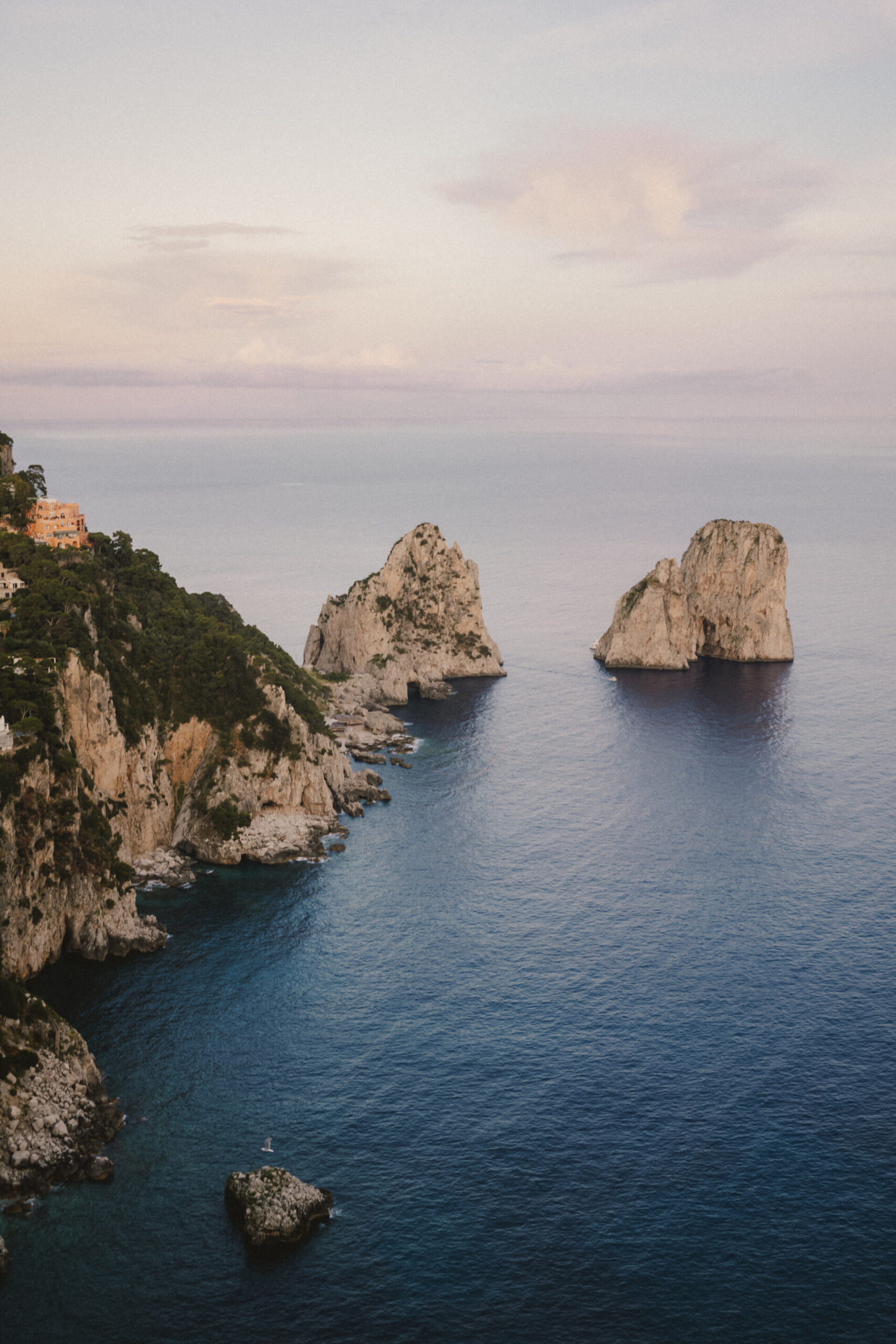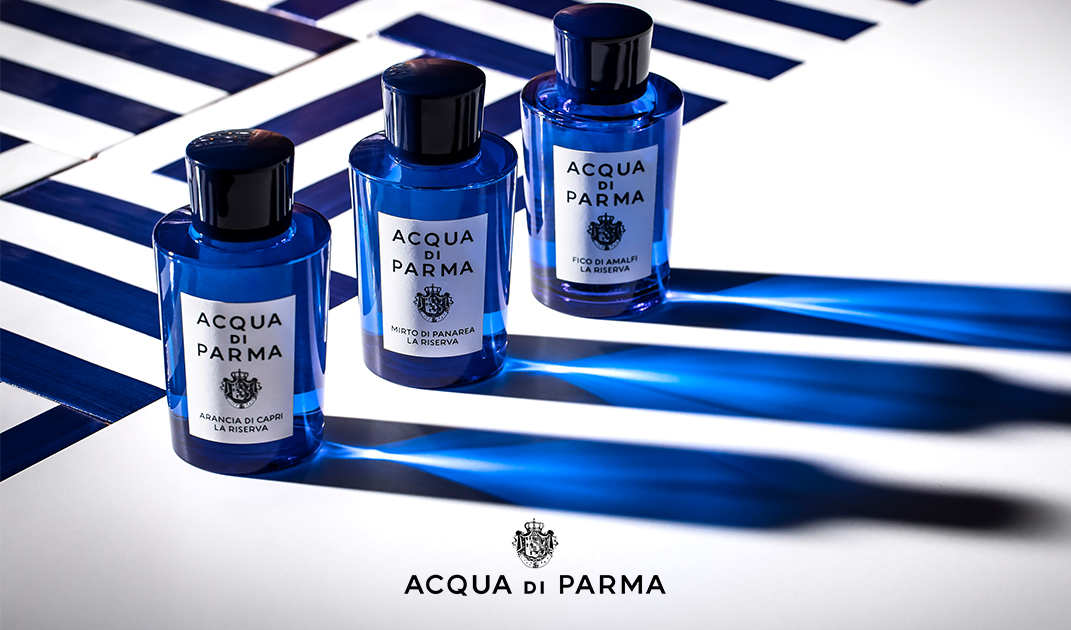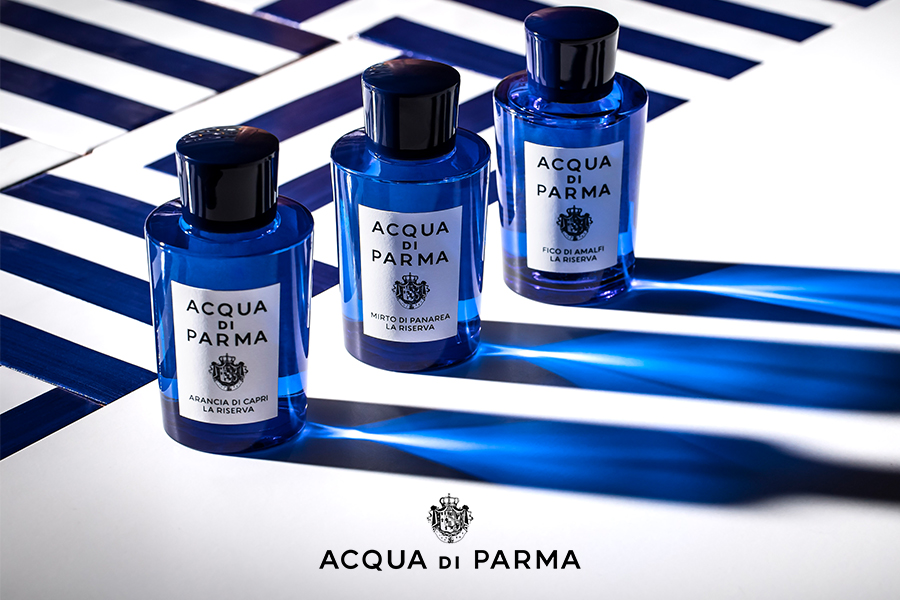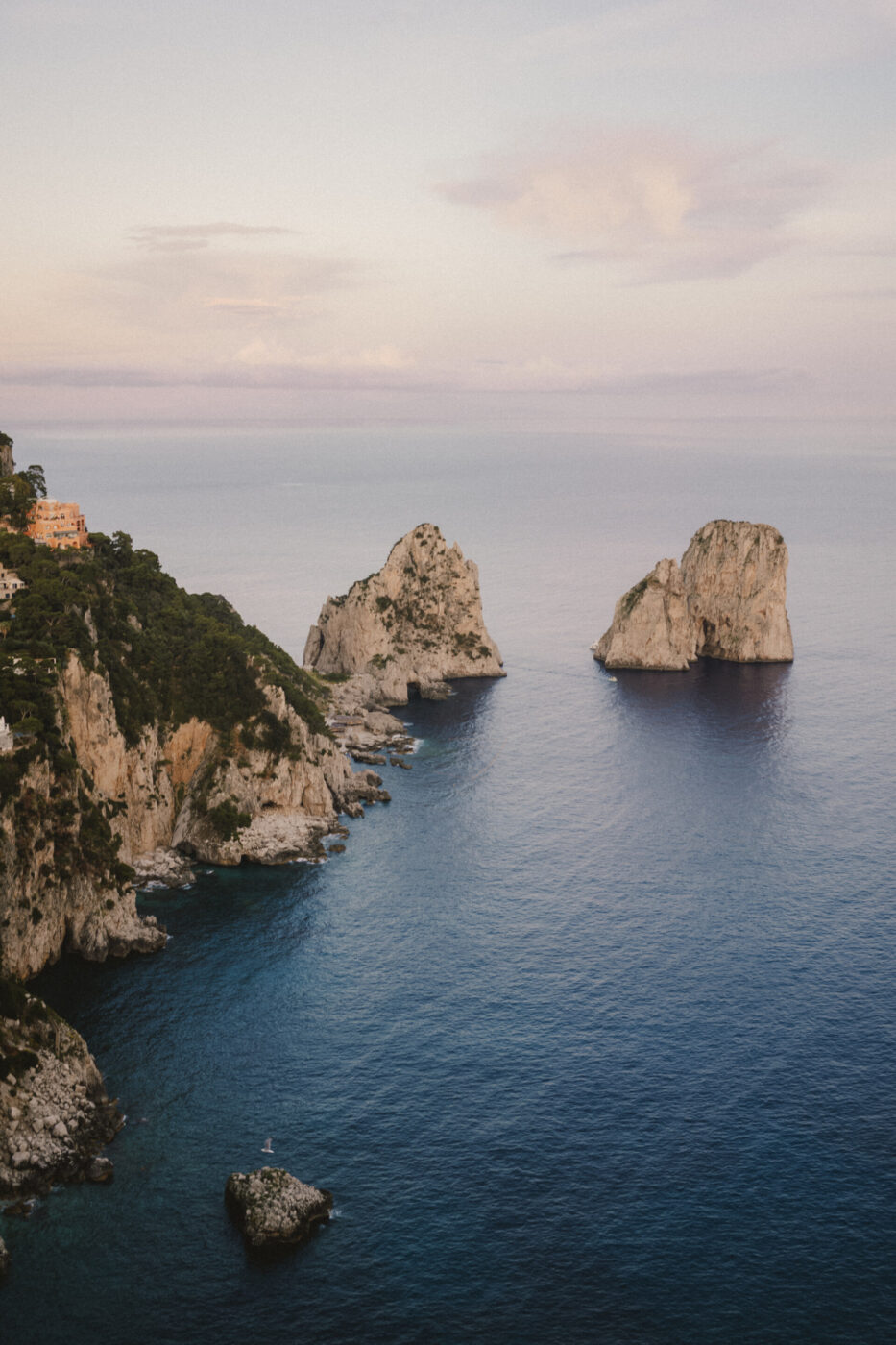To speak of Capri is to conjure up impossible blue, sculptural lemons, and aperitivos that last until the moon rises over the Faraglioni. But to see Capri through the eyes of Gennaro Esposito—two-Michelin-starred chef, Campanian patriot, and lifelong advocate for the island’s soul—is something else entirely.
“People love rankings,” he says. “Best of this, best of that. But what you remember is the whole experience: the place, the kindness, the faces.”
Through Gennaro’s eyes, Capri becomes a place of familiar turns and characters: porters who know all the gossip, priests who restore forgotten trails, beach clubs where fish is grilled by families who’ve been doing it for generations.
Born across the bay in Vico Equense, Gennaro got his start founding the two-Michelin-starred Torre del Saracino in 1991 at just 21 years old, transforming a modest seafront restaurant into a temple of refined, ingredient-driven Campanian cuisine. He has spent decades working on Capri and is now overseeing a trio of restaurants—Gennaro’s, Bianca, and Gioia’s—at the newly revived La Palma hotel and beach club.
Here, a conversation with Gennaro about his Capri, followed by his personal guide to the island’s top things to do and places to eat.
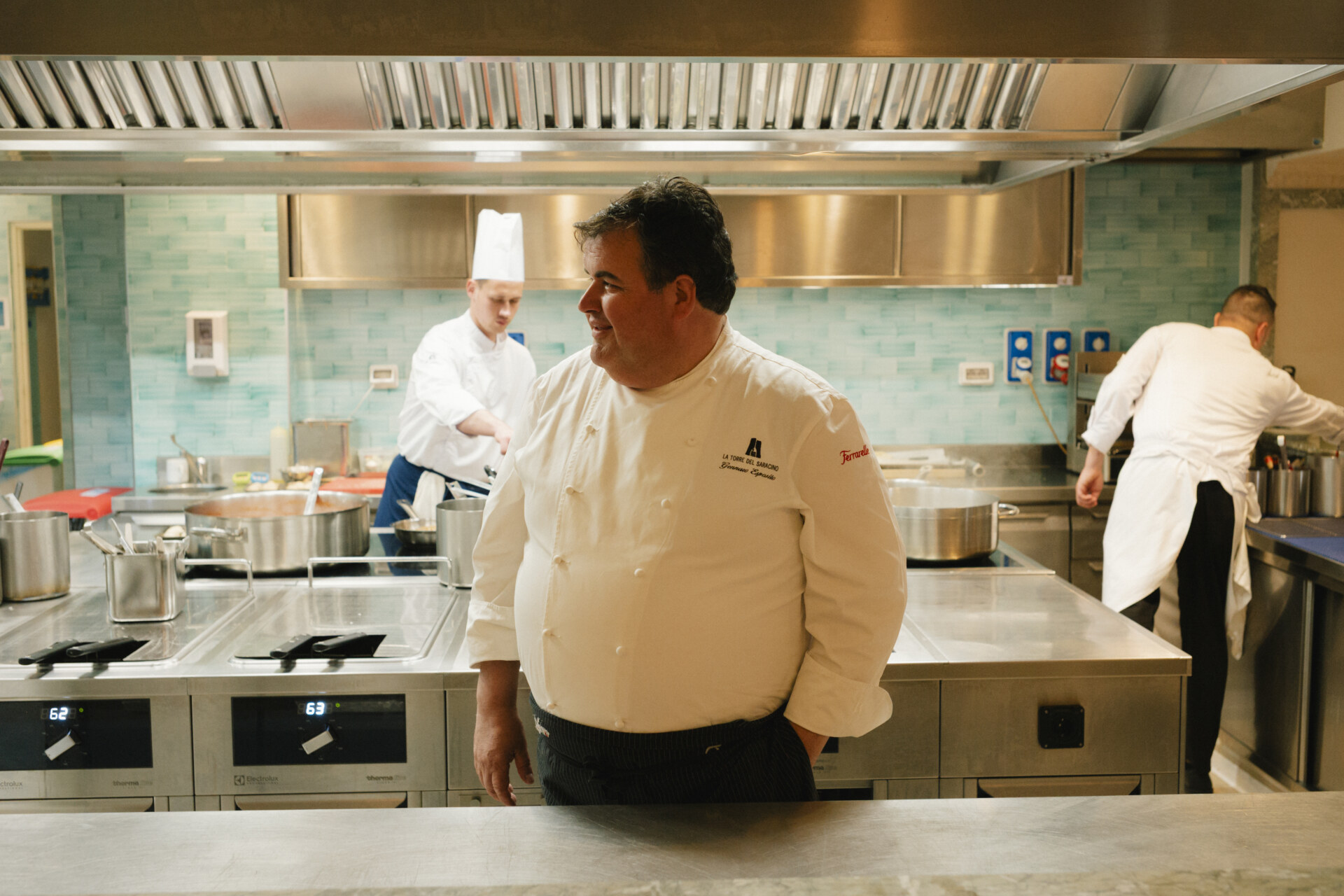
Chef Gennaro Esposito
Italy Segreta: What’s your relationship with Capri? When did you first start coming?
Gennaro Esposito: I’ve been coming to Capri for many years, mostly through work. It started maybe 25, 30 years ago—one-off events, because it’s a place where so much happens. In 2013, I opened my first restaurant here: Mammà—which is now gone, replaced by Riva’s pizzeria. Then, three years ago, we started this new project: La Palma, the Gioia beach club, Bianca on the rooftop, and Gennaro’s as the main restaurant. I’m in Capri every week now. Over time, that’s deepened my ties to the island, not just professionally, but socially. From the porters at Marina Grande to the bus drivers—I’ve gotten to know the people who live the island.
The facchini (porters) are incredible characters. You learn everything about the island from them in one minute—they see and hear everything. And they give it to you for free. They could write a series about what they witness. [He laughs.]
IS: Do you also come in the off-season?
GE: Less often. In winter, Capri slows down—it almost shuts down. But when I do go, it’s a completely different place. The light, the colors, the rhythm—it all changes. And you meet the same people, but in a gentler way.
IS: What do you love most about being there?
GE: I love being around people. I like to observe, to understand. I’m fascinated by regional character, and Capri has its own codes. When you arrive as an outsider, you need time to earn trust. Especially here, where people are flooded with tourists half the year—it makes them protective.
IS: And as a chef, what does Capri ask of you?
GE: It’s a test, constantly. You might be known in Italy, but here, you’re starting from zero. One table might be a New Yorker, another an Emirati, another a Chinese businessman. They don’t care about your reputation. You need to win them over now, through the plate, the experience.
IS: What have you learned from that challenge?
GE: That reading a table is like being a referee—you have to make the call in the moment. You need to understand people, fast. And you have to balance who you are with what they’ve dreamed of eating here. Someone spending €5,000 a night has expectations. But they’re often looking for something real, not flashy. The right tomato, the right olive oil—it’s the details that hit hardest.
IS: Do you think of your restaurants as having different identities?
GE: Absolutely. Gioia is a Caprese terrace on the sea. I imagined it as if you were eating at a friend’s house with a view: simple vegetables, fish, pasta. At Gennaro’s, we do elegant Italian cuisine—a bit more structured, but still rooted. A cotoletta alla milanese done very well. Or a silver scabbardfish (a type of blue fish) over Nocellara olive sauce, with almond emulsion and puntarelle. Everything feels Mediterranean—bright, clean, essential. At Bianca, it’s more cosmopolitan—raw fish, vegetables, grilled dishes. Lots of vegetarian mains. It’s playful, contemporary, but still grounded in quality.
IS: Is there one dish that captures your vision for Capri?
GE: The raviolo alla caprese. It’s poor-man’s food: caciotta, tomato, marjoram, and a water-and-flour dough. No eggs. But that pasta has to melt in your mouth. I talked to a lot of local women, home cooks. They’re the real guardians of tradition. I tried to understand how they made it—and then codify that. For me, it’s all about the marjoram. The dosage is everything.
IS: So the island has shaped your food?
GE: Completely. Not just the landscape, but also the people. I wanted to earn my place here. And I try to give back to the community: we buy from small farmers in Anacapri, we use local oil, and we resist trends that flatten identity. I always say: simplicity is a high achievement. It takes years to get there. But once you understand it, it stays with you forever.
IS: What’s your take on the current direction of Capri’s food culture?
GE: It’s under threat. International players are arriving—big fusion brands, entertainment concepts. They don’t adapt to Capri. They impose. And that’s dangerous. Because Capri, like Venice or Florence, becomes a stage for global sameness. The only way to protect it is through cultural resistance. Chefs, especially, must not give in. We have to say: no, the tomatoes aren’t ready in May. That’s not extremism—it’s respect. It’s an education.
IS: But saying no takes courage.
GE: Yes. But there are two paths: the path of opportunity, and the path of culture. If you’ve been formed by culture, you won’t compromise. You’ll stand by your values. That’s the only way we preserve meaning—in our food, and in our place.
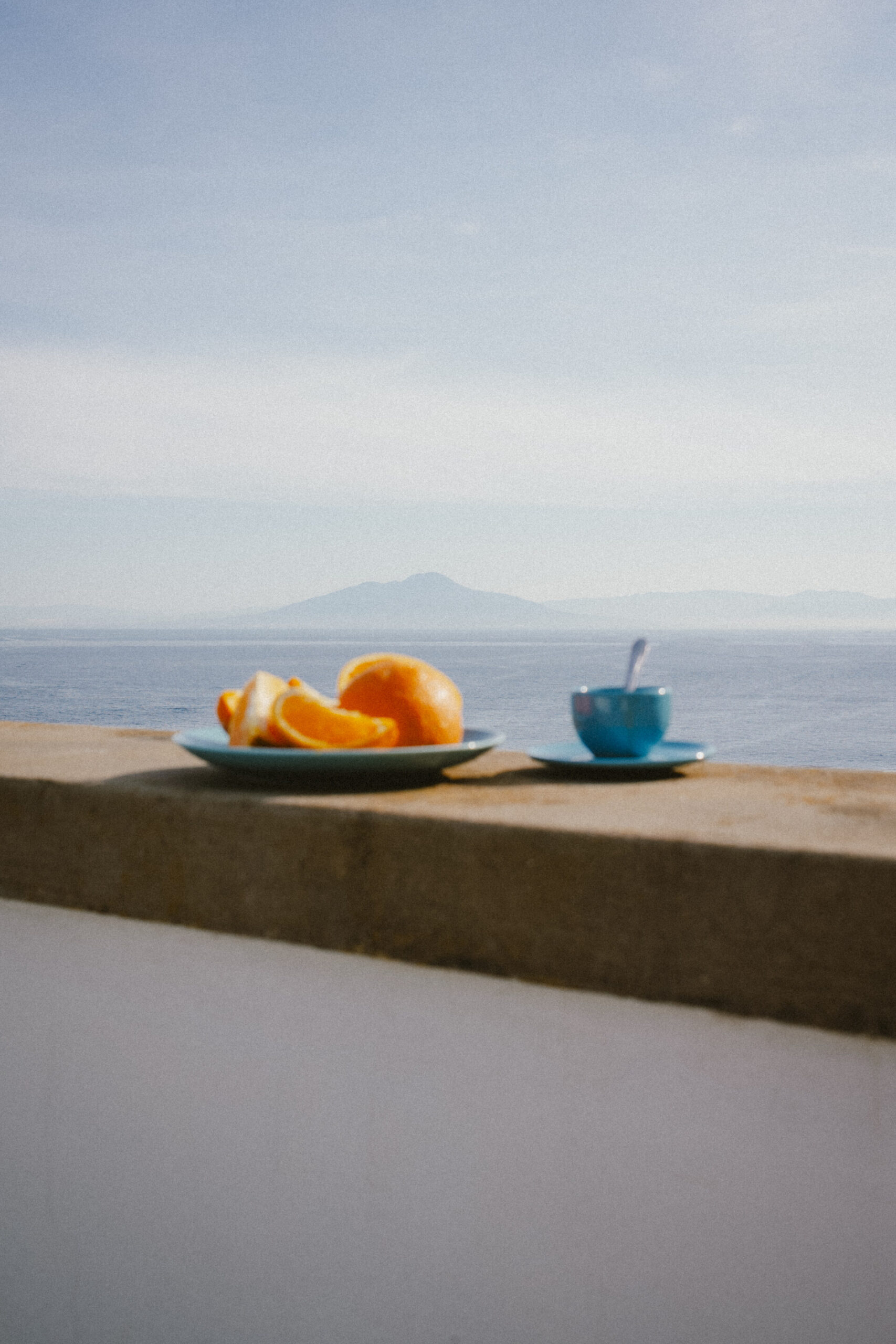
GENNARO ESPOSITO’S GUIDE TO CAPRI
What to do in Capri
Take the Funicular — Some take the taxi, but Gennaro insists the funicolare, which connects Marina Grande with Piazza Umberto I, is the way to go. “It’s a thermometer,” he says. “You go from top to bottom and the atmosphere changes with it. It’s short, but it tells you everything. You see the historical part of the island, the traffic, the arrivals. It reveals things.”
Swim at Bagni di Tiberio — The beach, named after Emperor Tiberius who once bathed here, is still flanked by the ruins of his ancient villa. Accessible by boat or on foot from Marina Grande, the beach club is now run by “a historic Caprese family that offers not just seaside services, but also authentic lunches in a truly evocative setting.” Gennaro recommends taking the foot path, where “you should look out for the work of Vincenzo Simeoli, an old parish priest who had this path restored. The Capresi are very grateful to him—he was enlightened enough to bring this extraordinary trail back to life.”
Pass by Da Paolino — “If you’re up for another walk after your swim, when you pass in front of Da Paolino, even if the gate’s closed, look for Lino,” says Gennaro. “He’ll offer you an incredible lemon or orange juice and tell you the story of a restaurant that started as a bocce court. Slowly it turned into the Da Paolino we know today.” Now it might be the busiest restaurant on the island, “yet the family is still humble, warm, sincere.” It’s a piece of Capri’s story, Gennaro tells us: “È un pezzo di storia di Capri.”
Hike the Sentiero dei Fortini Borbonici — Once a military path dotted with 19th-century fortifications, this approximately 3.5-kilometer trail now links the lighthouse at Punta Carena to the Blue Grotto. “A beautiful walk,” he says simply. Rugged and panoramic, it captures the wild, cliff-hugging freedom of the island’s outer edge.
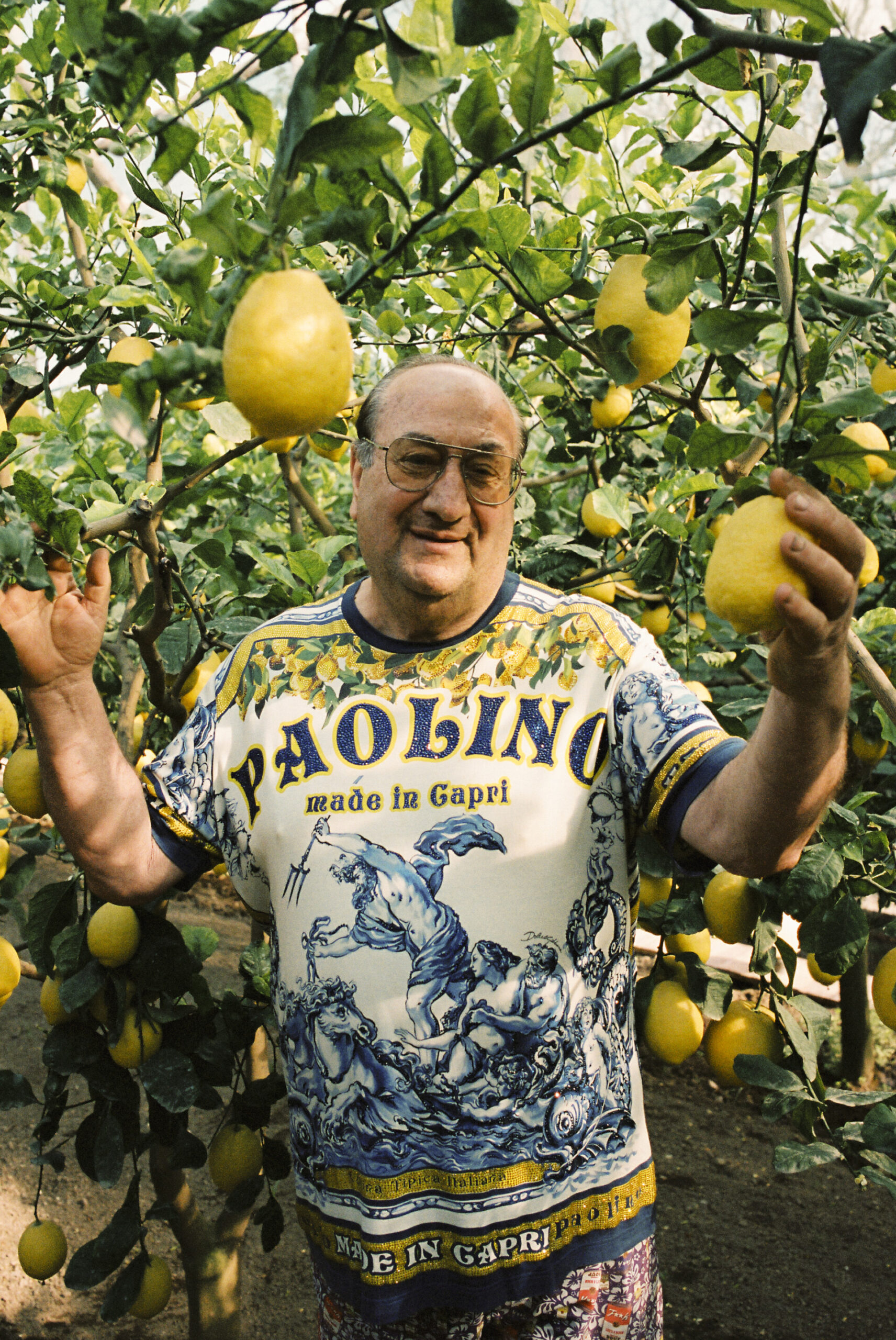
Lino, owner of Da Paolino
Take in the view from Belvedere di Punta Cannone — “You breathe in the origins of Capri here,” says Gennaro. The path to Belvedere di Punta Cannone winds from the Piazzetta past narrow lanes and quiet gardens, eventually arriving at a former military outpost that now offers one of the island’s most expansive panoramas. From here, take in Marina Piccola directly below, the Faraglioni rising just beyond, and Monte Solaro behind you.
Walk Via Krupp — Recently reopened, “it’s still one of the most beautiful things to do,” says Gennaro. Commissioned in the early 1900s by German industrialist Friedrich Alfred Krupp, this serpentine stone path connects the Giardini di Augusto to Marina Piccola, zigzagging down nearly 100 meters of vertical cliff face. Once closed for decades due to rockfalls, the path has been restored—though still occasionally off-limits after heavy rains—and offers a theatrical descent from manicured gardens to wild coastline.
Visit the Hermitage of Santa Maria of Cetrella — On the slopes of Monte Solaro and reachable by chairlift from Anacapri, Cetrella is a sanctuary in every sense. “One of the most beautiful places in the world for the view, the energy, the authenticity,” says Gennaro. Once tended by Capuchin friars and now by Caprese volunteers, the whitewashed hermitage clings to the rock, overlooking the Faraglioni and the whole Gulf of Naples.
Seek Out Gianfranco D’Amato’s Olive Grove — “The most beautiful and delicious thing I’ve had in Capri is extra virgin olive oil,” says Gennaro. The oil comes from a project started by Gianfranco D’Amato, who brought together small local producers, eliminated pesticides, and worked with an agronomist to restore neglected land. “Gianfranco is also a collector of modern art,” Gennaro tells us. “He displays pieces among the olive trees… I once entered a dark shed in the grove and an artist was projecting images on the walls—it was mind-blowing.”
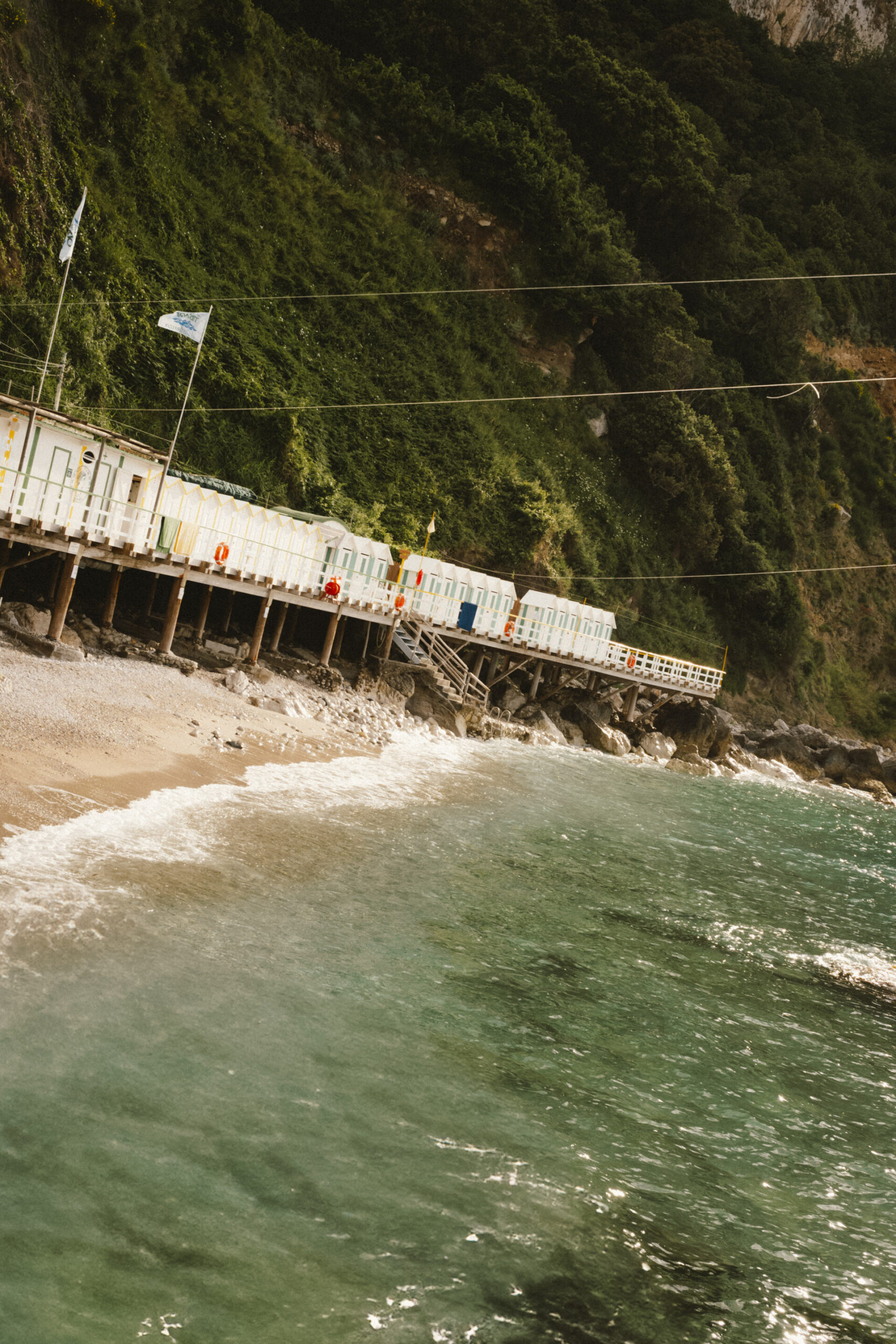
Bagni Tiberio
Where to Eat in Capri
Le Grottelle — “From there, you see a breathtaking moonrise,” says Gennaro. “Simple hospitality, honest plates. A kind of outpost resisting the mass tourism that’s invaded Capri.” Tucked into the cliffs near the Arco Naturale, Le Grottelle is reached only on foot—which means the meal feels even more like a reward. The restaurant is carved into stone, open-air, and deeply unfussy—wooden tables, tiled floors, lemon leaves brushing your shoulder. They serve the likes of grilled meats, pasta alle vongole, and wine in ceramic jugs. “It’s nearing its hundredth year,” Gennaro notes.
Gelateria Buonocore — “Not a secret, but still essential,” says Gennaro. “The smell of the waffle cones alone is dangerous.” Inside, the cones are pressed fresh behind the counter, sending warm vanilla through the air and luring in long lines even at midnight. Gennaro visits in winter, when the pace slows and rituals emerge: “Every year I bring them beans my father grows, and they give me chickpeas. It’s a small gesture of friendship and shared values.” His kids go wild for the gelato, and so do we for the creamy classics and fresh fruit flavors.
Bar Alberto — If you need a morning ritual or an afternoon reset, follow Gennaro’s lead to Bar Alberto, his favorite coffee spot in Capri town. On Via Roma, this no-fuss, family-run bar serves expertly pulled espresso, cornetti still warm from the oven, and some great people-watching. No need to order fancy—un caffè at the counter will do.
La Palma Beach Club — “We imagined it like a terrace at a Caprese friend’s house,” Gennaro says. “What would they serve you by the sea? Pasta, vegetables, good fish. That’s what we cook.” Located on Marina Piccola, just a few steps from the shore and directly facing the Faraglioni, this beach club, whose kitchen is helmed by Gennaro, blends barefoot ease with sharp execution. The menu leans seasonal and simple, but is plated with the care of a Michelin chef.
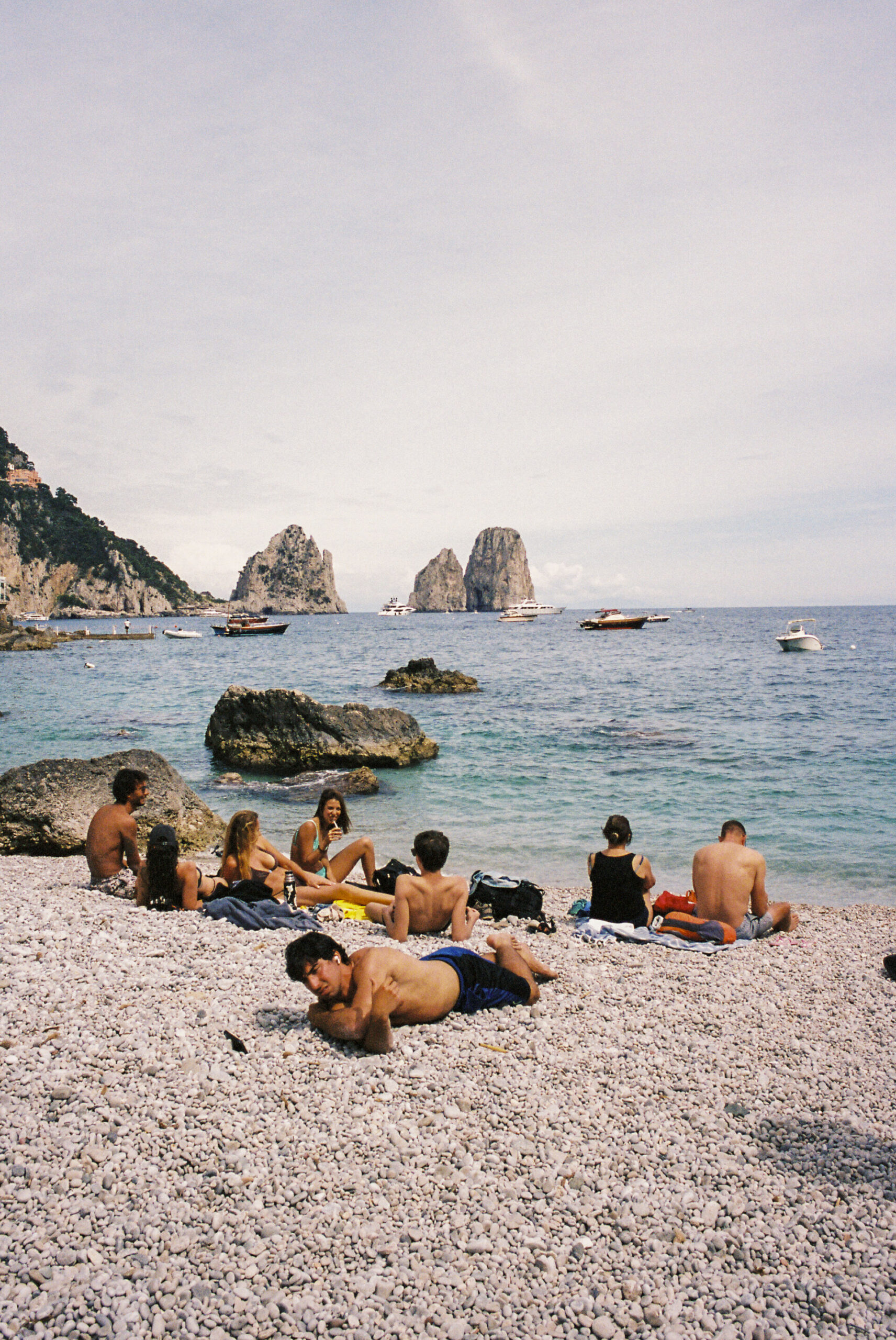
Gennaro’s — This spot, inside La Palma hotel, is Gennaro’s own flagship. “A sophisticated Italian cuisine with strong identity,” he says. “Elegant but not sterile. You should recognize Italy in every plate.” The menu draws from deep roots—Campanian ingredients, southern technique—but dresses them with Riviera chic: think raw red prawns, stuffed zucchini flowers, cotoletta alla milanese done impeccably.
Bianca Rooftop — The “more cosmopolitan” of Gennaro’s restaurants. “We play with raw fish, and [there are] lots of vegetarian mains. A place of socializing and elegance.” Suspended above Capri town, Bianca is a rooftop escape that leans into the island’s sultrier side: candlelit tables, panoramic views, and a menu where carne cruda, seared seafood, and grilled seasonal produce meet low-intervention wines and signature cocktails. It’s a place for long evenings where Capri dresses up, but doesn’t show off. (Plus there’s 360-degree views toward the Faraglioni.)
